SEO which stands for Search engine optimization is done almost on every niche or topic on the Internet. So, it can also be used for hotels and restaurants. And this post we are going to talk about the tips and tricks for restaurant PPC.
Pay-per-click advertising is the most widely-used form of online advertising today, but does it work for quick-service restaurants? It can, but the approach used might have to be a little different than the standard setup. Let’s explore what needs to be done to create an effective restaurant PPC campaign.
How Can PPC Help Your Restaurant?
For QSRs, PPC is best used for quick promotions to push people through the doors. Combine this with a good local SEO profile and you may have all of the online advertising you need. Once local people know that your brand is around and new people can find your business online easily, that’s 80% of your traffic right there.
Chain QSRs get a lot of advertising help from their brand as a whole, but to get people to come to your specific location requires a bit more work on your end to attract them. New franchises might need more help despite brand recognition to overcome those first few months of building a clientele. That’s what PPC can provide.
What to Offer?
PPC ads aren’t used for purely promotional purposes. When someone clicks on an ad, they need to get an offer in return in order to comply with PPC ad network guidelines. For a QSR, the best thing to offer through a PPC ad is a coupon. You can combine this with a request for an email address to build up a local email list for promotional purposes.
Some QSRs do have reservation options for events like parties that aren’t widely advertised. This is another use for PPC. If someone searches for a “children’s birthday party location”, a PPC ad could let them know that you do offer party services. The ad could lead to a reservation page where the clicker can learn more about what you offer and sign up.
When Should I Offer It?
People are most likely to be searching for QSRs and other places to eat on their drive home, so focus your PPC efforts on making the offers during dinnertime. This tactic maximizes the effect of the ad because it pairs the intention with the ability to follow through. While it’s likely that the people in the area know that you’re there, the offer of something special might be just the thing to tip them into going through your drive-thru or coming into the restaurant.
How Should I Target?
First, you need to be as local as possible. Your geographical reach for the ad should be limited to an extremely small area. Fortunately, Google’s ads allow you the ability to target potential customers by zip code, effectively narrowing the focus of your campaign. After all, your goal is to develop repeat local clientele – outside of that range, even if you’re in the same city, is just wasted money.
Second, you should target mobile users over desktop users. People are far more likely to use mobile devices to find someplace to eat than at home. Even if your QSR is delivery-only, more people will turn to their phones than a desktop to make a query. Queries like “<brand> near me” or “<brand> in <city>” are very common and should be among your target phrases for your ads.
Don’t Forget to Retarget
You also have the option to use remarketing in your PPC management. Remarketing focuses its efforts on warm customers. These are individuals who have looked at your site in some way and might need a refresher that you exist and that you’re ready and willing to serve them. This type of advertisement is highly effective because you’re engaging people who are already aware of your brand in some way.
Where Should Your Clicks Go?
PPC advertising is only one of the tools in your QSR marketing toolbox. When a possible customer clicks on the advertisement to go to your site, you want to have a top-notch landing page to greet them. Here are some ways that you can increase your conversions (i.e. more people walking into your restaurant).
- Keep the branding and language consistent – By keeping the branding and the language of your landing page consistent with the PPC ad, visitors know that they have come to the right place. This helps to reinforce your brand’s trust.
- Give exactly what was advertised – If you’re advertising a 30% discount on all appetizers, make sure that you say that there’s a 30% appetizer discount on the landing page. If your company is experimenting with different offers, make a landing page for each offer to eliminate confusion.
- Use only one offer at a time – Though it’s incredibly tempting to offer your visitors the entire restaurant when they land on the page, don’t overwhelm them with offer after offer. Stick with one thing at a time.
- Make it as easy as possible for visitors to take you up on the offer – While you might want to have a complete dossier on your customer for marketing purposes, it’s highly unlikely that your customer wants to give you that information for a simple 25% discount or 2 for 1 meal. The offer itself should be worth at least the amount of information you’re asking for.
- Simplicity Wins – We cannot highlight this fact enough. The landing page should be as simple as it can be. There should be an offer and a focus on the benefits that the visitor will receive when they get the offer, but there is no reason to have a landing page read like War and Peace for a 20% off coupon.
How Long Should the Campaign Last?
Promotions in the QSR world are usually short-lived. It would make no sense to have a valid coupon hanging out online all the time. For a new restaurant, an initial period of three months might be good for a grand opening offer to get people through the door. But after that, you may only need to run an ad for a month at a time or even only when a new product is offered.
If the number of people coming through your doors is falling or you’re brand new to the area, a short PPC campaign can be just the thing to boost flagging sales. But remember, the foundation of your QSR’s success is the experience that the customer has once they arrive. No online advertising campaign will overcome bad food and poor customer service.
Suggested:
Things to remember when managing your PPC Campaign.
What Is Restaurant Management Software? And How Is It Better Than Excel?
How you can make your catering business shine?
Like this:
Like Loading...

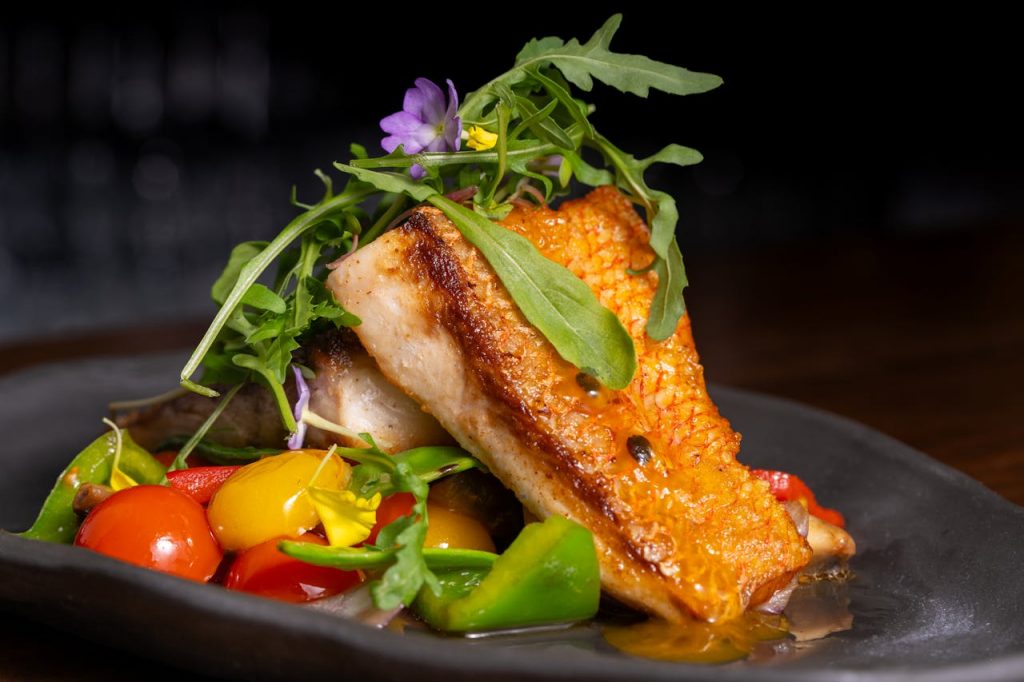



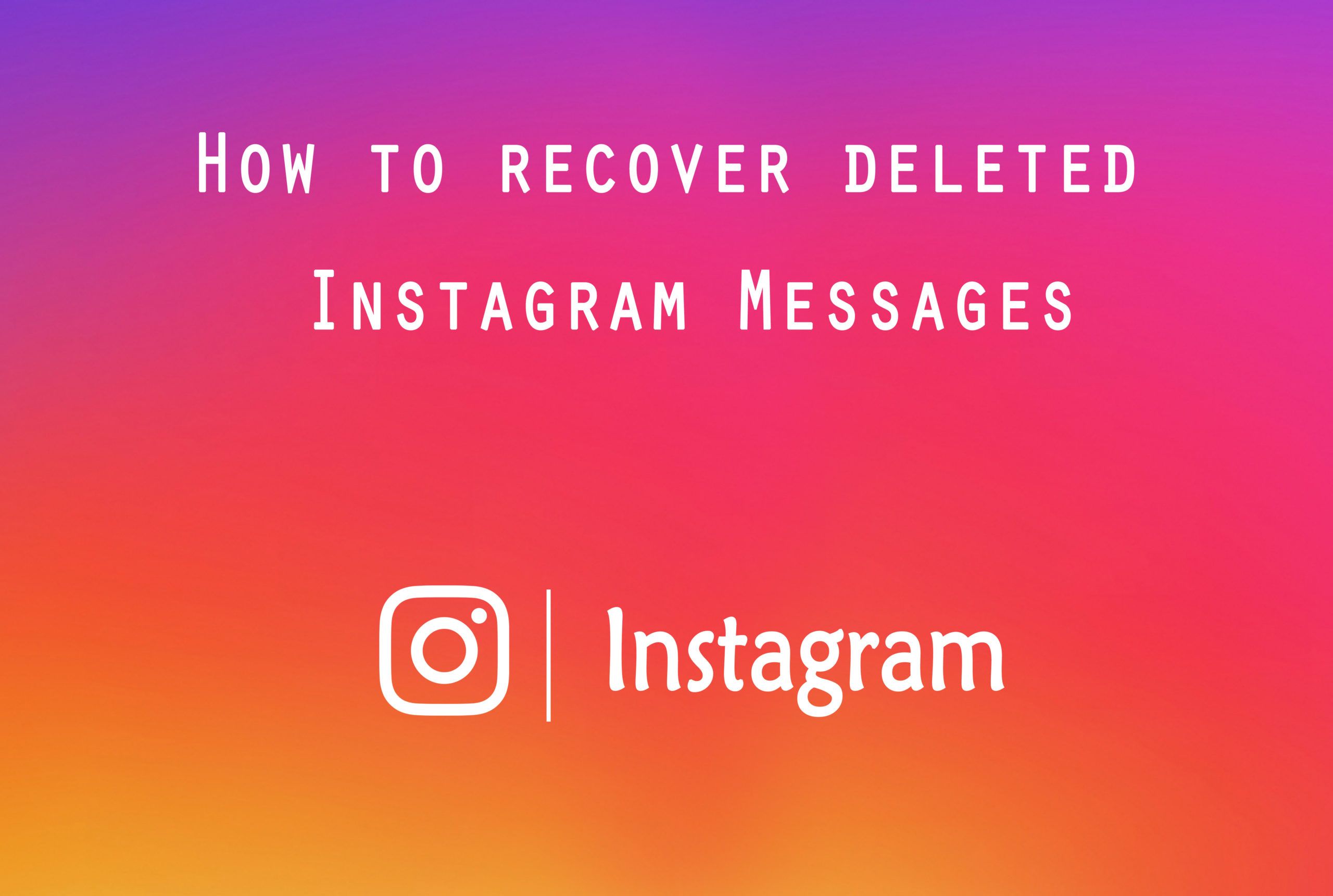

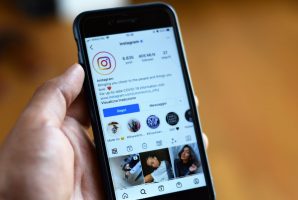
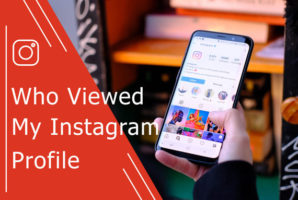
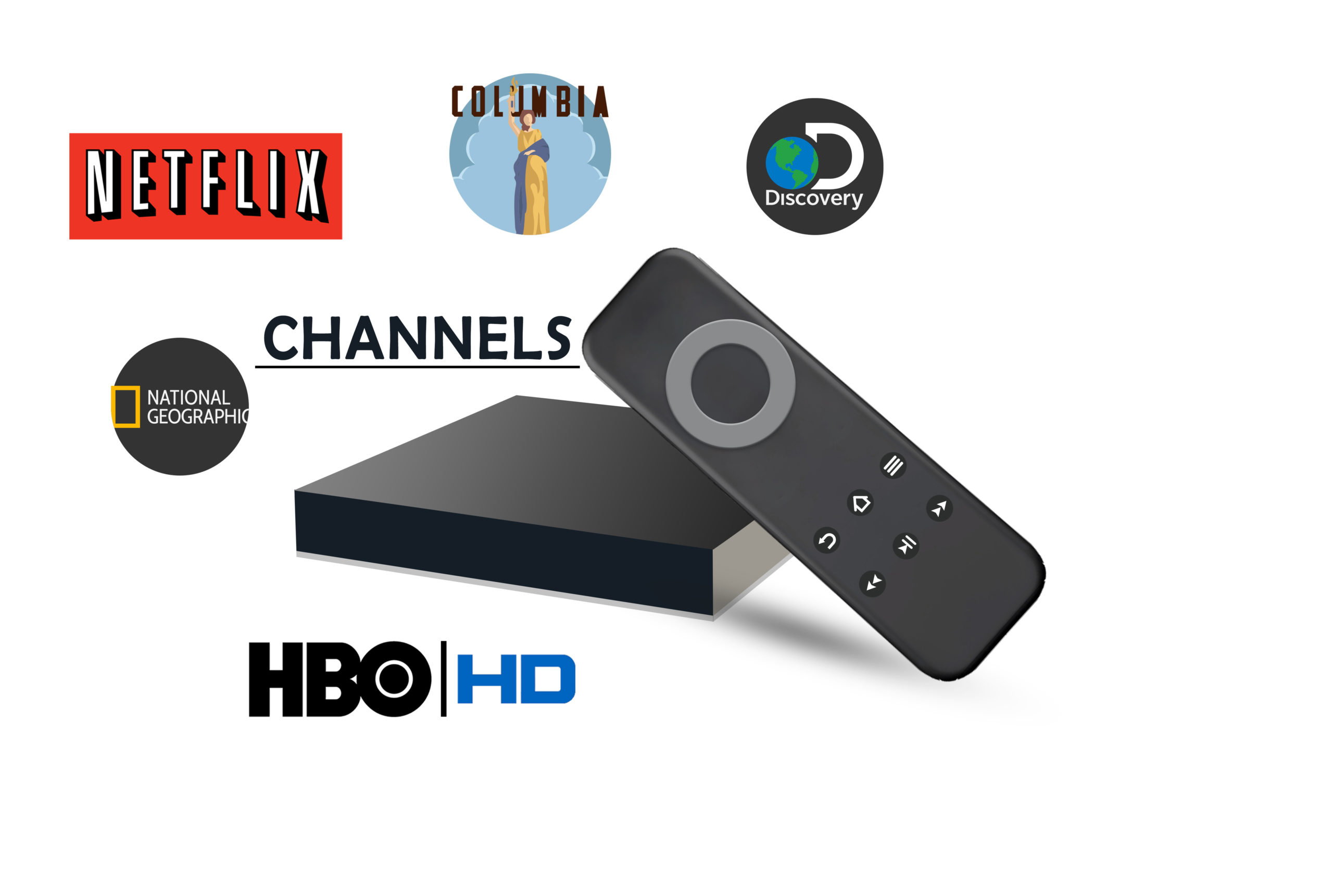
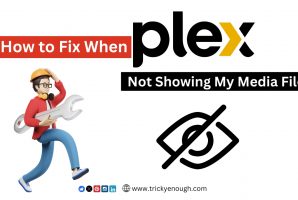

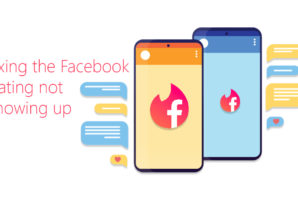
 Cybersecurity, VPN, and Saving Money Online
Cybersecurity, VPN, and Saving Money Online
This Awesome post! I’m glared you shared such informative content!
Keep sharing more
Pay Per Click is a great advertising medium now that ranking websites is harder than ever. Plus, Google offer you very good targeting options for devices such as smartphones. This makes it a very effective medium for restaurants to do their advertising.
Nice post!! It’s useful and helpful article for me. Thanks for sharing.
Google AdWords PPC ads gives you an immediate impact, allowing you to appear at the top of the search results for the terms you want in a matter of hours. Of course, PPC costs money whereas SEO doesn’t (apart from the time investment), but it can be a lucrative investment when an expert puts your campaign together.
Hey, thanks for sharing these tips. I have a small restaurant and this will surely help me to get more visitors.
Thanks for sharing this useful information. To run PPC properly, It is necessary to make relevant campaigns for better result.